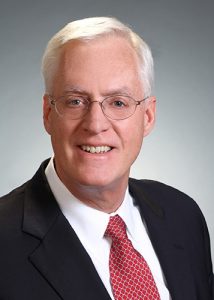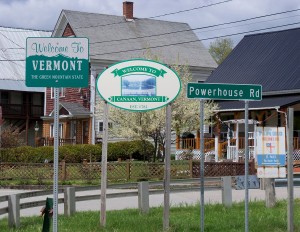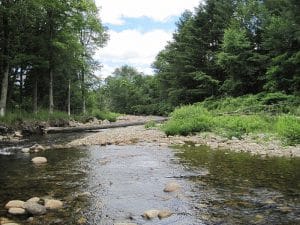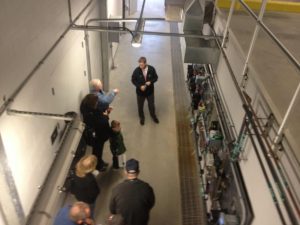
On October 26, Milford Water Company held an open house for the newly completed Dilla Street Water Treatment Plant. Tata & Howard’s Randy Suozzo, P.E., Project Manager for the project, and Neil Callahan, Project Manager for R.H. White Construction Company during construction, led attendees on the tour and answered questions.
The event, which lasted four hours, was attended by nearly 150 people and garnered excellent reviews. “I found it very interesting and informative. The technology is incredible,” noted attorney Warren Heller. And attendee Bill Sanborn commented, “It’s good to see our dollars at work.”
Unlike its predecessor, which utilized slow sand filters constructed in the early 1900’s, the new plant uses dissolved air flotation (DAF) to filter impurities. The process, though technologically advanced, is simple to understand: particulates and contaminants are floated to the top of a filter tank and removed, and the resulting water is then further filtered through granulated activated carbon (GAC) and chlorine tanks before being disbursed to water mains. In addition, the new treatment facility utilizes far less chlorine than its predecessor. Noted Milford Water Company Manager David Condrey, “We are putting in half what we put in with the old plant.”
The new facility also integrates multiple safety measures. Every step of the filtration process is precisely controlled by a Supervisory Control and Data Acquisition (SCADA) computer system, and the plant itself is monitored 24-hours a day. “There are over 300 alarms in the plant. Everything is tracked,” assured Callahan.
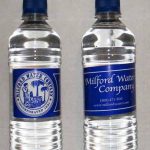 Open House attendees were treated to custom bottled water. The bottles bore Milford Water Company labels and the water itself came directly from the treated water at the plant. Condrey said that Milford Water Company intends to continue bottling small batches of water to be donated at local road races and other community events.
Open House attendees were treated to custom bottled water. The bottles bore Milford Water Company labels and the water itself came directly from the treated water at the plant. Condrey said that Milford Water Company intends to continue bottling small batches of water to be donated at local road races and other community events.
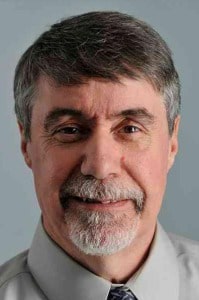 Five City of Worcester, Massachusetts municipal employees were honored with Thomas S. Green Public Service Awards on March 25 at Assumption College, including Worcester Department of Public Works and Parks Principal Civil Engineer Michael F. Ferguson. Mr. Ferguson is the primary contact for the city’s complex water distribution system and has helped oversee the city’s Water Abatement Appeal Committee, which addresses customer concerns. Congratulations, Michael!
Five City of Worcester, Massachusetts municipal employees were honored with Thomas S. Green Public Service Awards on March 25 at Assumption College, including Worcester Department of Public Works and Parks Principal Civil Engineer Michael F. Ferguson. Mr. Ferguson is the primary contact for the city’s complex water distribution system and has helped oversee the city’s Water Abatement Appeal Committee, which addresses customer concerns. Congratulations, Michael!
